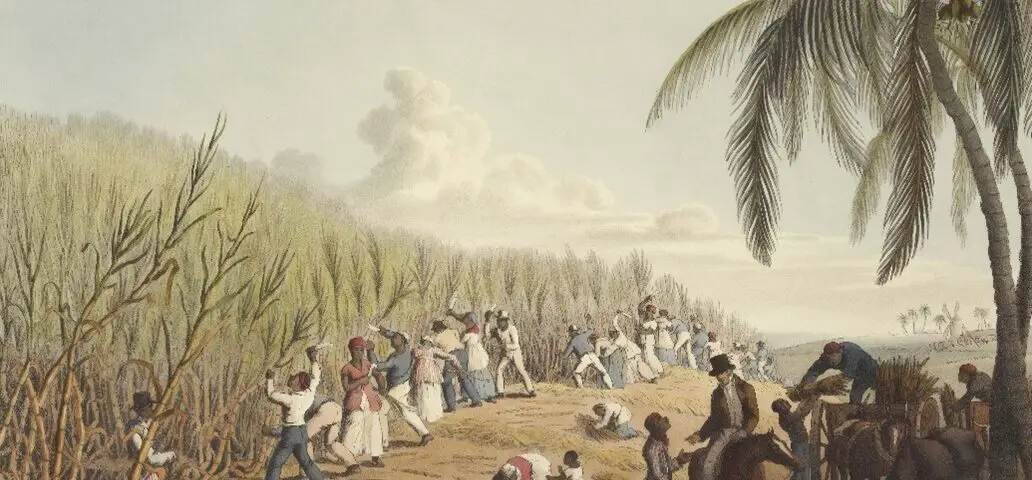|
Getting your Trinity Audio player ready...
|
Throughout history, the movement of people and human migration paths have been a driving force behind cultural exchange, economic growth, and social change.
From the earliest journeys of our ancestors out of Africa, to the complex migratory patterns of modern times, human migration has played a significant role in shaping the world. We explore the historic and contemporary human migration paths that shaped the course of human history.
Through an enlightening study of the incredible stories of human migration, we gain a deeper understanding of how human movement has impacted the world.
So, join us on a fascinating journey along the historically most important human migration paths and routes.
Prehistoric Migration Routes
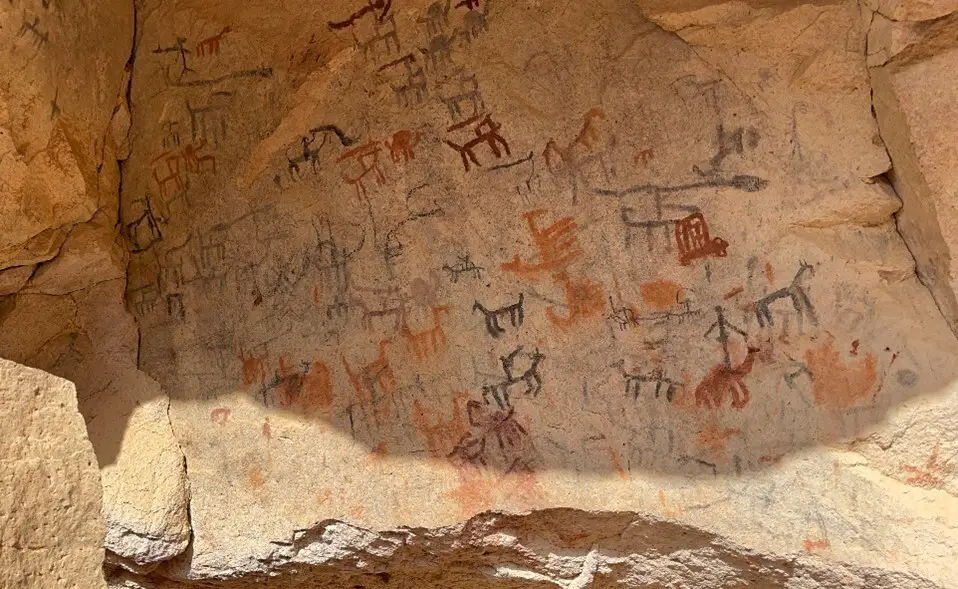
Out of Africa – Theory and Evidence
The Out of Africa theory that Homo sapiens originated in Africa and migrated to other parts of the world is supported by genetic and fossil evidence. Genetic studies show all modern humans can trace their ancestry back to a single population that lived in Africa about 200,000 years ago.
In the 1980s, due to new technology, DNA testing allowed geneticists to trace lineages back in history. They studied mitochondrial DNA in the population and retraced the genetic code back to our universal ancestor Eve. Eve was a woman whose mitochondrial DNA was the source of every person living today. She was not the first modern human nor the only woman alive at the time, but she was the only woman whose lineage of daughters is unbroken to the present day. Scientists place her as our most recent common ancestor, who lived in Africa 200,000 years ago.
Homo Sapiens spread World-Wide
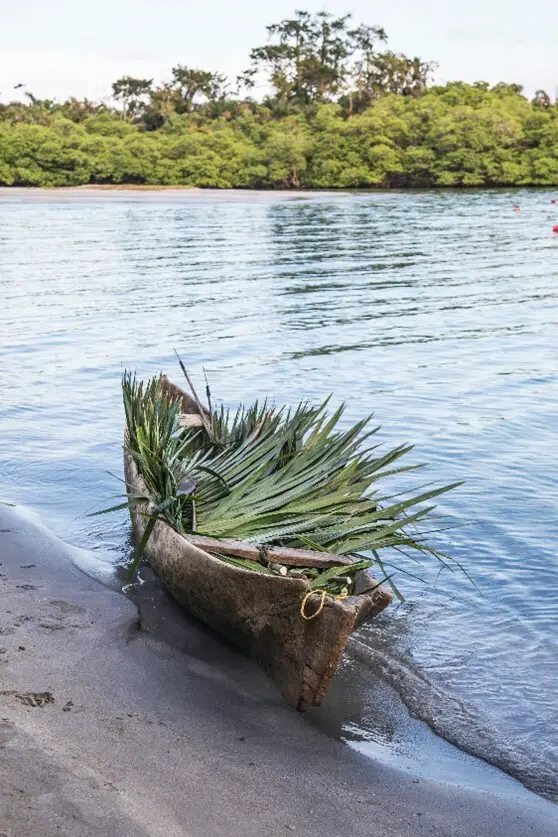
Evidence suggests Homo sapiens started migrating out of Africa around 50-80,000 years ago. The process spanned thousands of years and depended on various factors. Among them were:
- Climate,
- Competition with other human populations,
- Food resources,
- Boat building, and
- Adaptability.
No one is sure of the routes the first migrating humans took. But they are likely to have crossed into the Arabian Peninsula via the Red Sea when it was connected by a land bridge. From there, Homo sapiens are thought to have migrated into Asia and eventually to Europe. 45,000 years ago, they had spread as far as Indonesia, Papua New Guinea, and Australia.
Recent theories suggest Homo sapiens interbred with other humans already living in these areas, such as Neanderthals, Homo floresiensis, Denisovan, and even Homo erectus. However, for reasons that have yet to be discovered, Homo sapiens eventually became the only humans to survive.
Land, Bridges and Water Crossings
Once the migrants had crossed the land bridge from Djibouti, they would have followed the coastline eastward along the Arabian Sea where there was plenty of seafood and tropical fruit.
Modern humans may have met more resistance as they made their way north into Europe via Turkey and the Mediterranean coast about 40,000 years ago. The less agreeable weather and suspicious Neanderthals slowed the conquest, but Homo sapiens prevailed and were victorious. Some 15,000 years later Neanderthals became extinct.
Land bridges, such as the one that connected Asia with North America during the last Ice Age, played a major role in the spread of humans to new areas. The Bering Land Bridge made it possible for Homo sapiens to continue their inexorable march into America. Carbon dated fossilised feces have been found in Oregon, and show evidence of human presence 14,300 years ago.
Early humans likely used boats and rafts to cross rivers, lakes, and oceans. The colonisation of Australia by humans is thought to have involved a water crossing from Southeast Asia to Australia.
Ancient Migration Routes
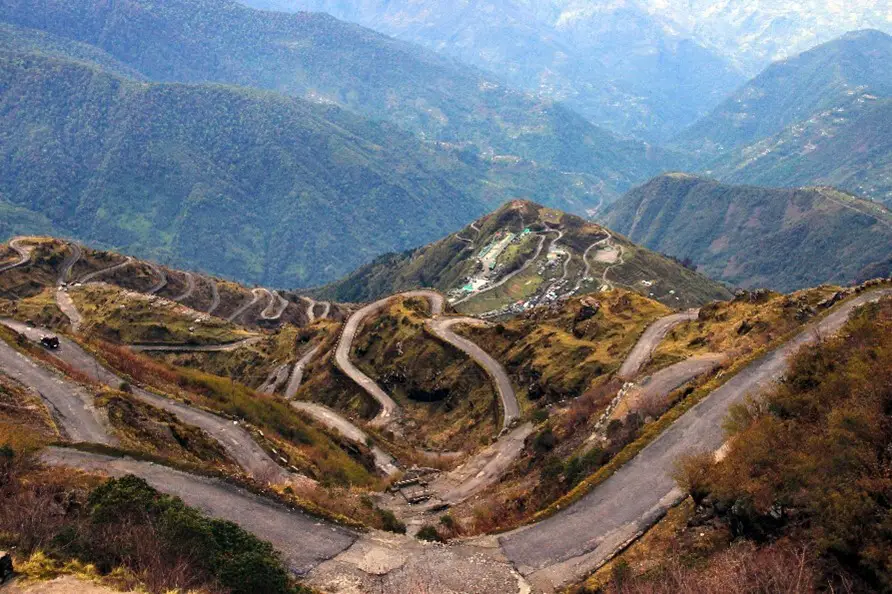
Migration of Early Civilisations
Ancient human migration paths were routes that early humans and civilisations used to move from one region to another. They were motivated by the desire for better living conditions, access to water, and fertile land, among other needs. Examples were to be found in the Mesopotamian civilisations founded around the Tigris-Euphrates River valley in the area which is now Iraq. They subsequently expanded into other fertile regions, such as Egypt and the Indus Valley.
Trade Routes and Cultural Diffusion
Trade routes were a key driver in the diffusion of culture and ideas across different regions. For example, the Silk Road was a network of trade routes that connected China with the Mediterranean world, allowing for the exchange of goods, technologies, and cultural practices. The Indian Ocean trade network propagated the exchange of goods and ideas between Africa, the Middle East, and Southeast Asia.
Major Migration Events
There were several significant ancient migration events throughout human history that helped shape the development of different cultures, languages, and civilisations.
The Bantu Expansion
The Bantu-speaking people from West Africa migrated to other regions of the continent, such as East and Southern Africa, between 1000 BC and 1 AD. The linguistic, cultural, and genetic diversity of Africa is attributed to this migration.
The Indo-European Migrations
The Indo-Europeans were descendants of the Yamnaya culture that originated in present day Ukraine and southern Russia. Genetic and linguistic research shows they migrated throughout much of the Middle East, Northern India and Europe. There are nine main proto languages that are thought to have originated from the Indo-Europeans, including:
- Indian,
- Armenian,
- Celtic,
- Italic,
- Hellenic,
- Balto-Slavic,
- Germanic,
- Iranian, and
- Albanian.
Many modern-day languages of Europe and Asia have evolved from one of these proto-languages. As well as linguistic evidence, much of the recent genetic research indicates that these new cultures originated from the Yamnaya people of Eastern Europe.
The Austronesian Expansion
Migrations from Taiwan crossed the oceans to southeast Asia, Oceania and even Madagascar some 4000-5000 years ago. They carried their language, culture, and technology, such as:
- boat making,
- tattoo art,
- stilt houses, and
- wetland agriculture.
Food and animals were dispersed around the islands, modifying the biodiversity and ecosystems of those regions.
Polynesian Expansion
More recently, around 1,500 years ago, people from the islands of southeast Asia expanded to the islands known as the Polynesian Triangle that extends from Hawaii in the north, Easter Islands in the east and New Zealand in the west. While each island has its own unique culture, there are similarities and shared features, such as:
- Language,
- Navigation technology,
- Mythology,
- Arts and crafts, and
- Social structure.
Colonial Migration Routes
European Colonisation and the Atlantic Slave Trade
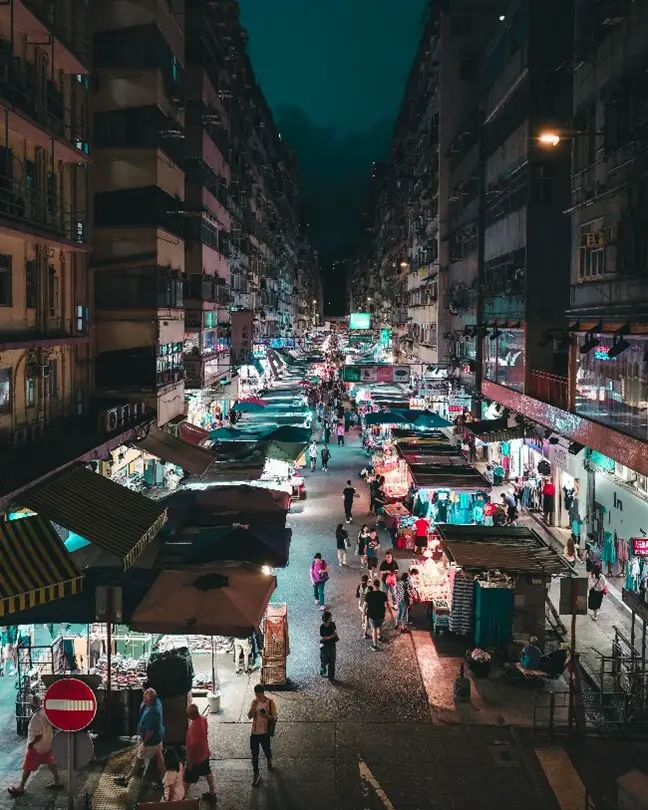
European colonial migration was motivated by the desire to expand empires and establish settlements in distant regions around the world. The routes they took were determined by factors such as trade, resource availability, and geopolitical interests.
European colonisation and the Atlantic slave trade were major drivers of migration between the 16th and 19th centuries. Europeans established colonies in the Americas, Africa, Asia, and Australia, often using violence to take over land and resources from indigenous populations.
The Atlantic slave trade involved the forced migration of millions of Africans to the Americas to work as slaves on plantations and in other industries.
Migration to the Americas, Australia, and New Zealand
European settlers established colonies in the Americas, Australia, and New Zealand in search of new economic opportunities, often under the guise of expanding Christendom. This meant displacing indigenous populations and imposing their own cultural practices and values.
Impact of Colonialism on Indigenous people and Migration patterns
The subjugation, exploitation and genocide that has been inflicted on indigenous people of the world because of colonisation is undisputed. Many have been forced to leave their homes and migrate to new regions because they have been treated as second class citizens and marginalised in their own countries . Others were assimilated into European culture, such as with the Aboriginal Protection Acts of Australia between the 1910s and 1970s. Known as ‘The Stolen Generation’, aboriginal children were taken from their families and placed in training homes where they were acculturated into the white man’s society.
The imposition of European values and practices on indigenous people led to the erosion of traditional cultures and languages. Many indigenous people have moved from rural communities to the cities in search of work, while others have fled their country to escape persecution.
The forced migration of Africans to the Americas led to the many African diaspora communities throughout the Americas. This has impacted the culture, economy, and the social fabric of these societies.
Modern Migration Routes
Industrialisation and Urbanisation
The paths of human migration have always been determined by necessity. In the modern era, that includes economic opportunities, political instability, or environmental conditions.
The growth of industrial economies and the shift from rural to urban living has led to increased migration from rural to urban areas in search of better economic opportunities. This has been particularly evident in developing countries, where rural poverty and limited opportunities have driven people to urban centres.
Labour Migration and Refugee Movements
Labour migration involves the movement of people to other countries to work, often in agriculture, construction, and healthcare.
In 2013, there were 232 million international migrants. Expect that to double to more than 400 million by 2050. They represent nearly 5% of the global labour force and are an essential part of the world economy.
- In western, northern, and southern Europe, migrant workers make up 18% of the labour force.
- In North America, it is 20%, and
- in the Arab States it is a massive 41%.
Persecution, conflict, and environmental disasters force refugees to leave their homelands . The UN refugee agency UNHCR estimated the forced displacement of international refugees reached 103 million by 2022. In 2023 seven out of ten refugees came from 5 countries:
- Syria
- Venezuela
- Ukraine
- Afghanistan
- South Sudan
The three countries that host the greatest number of refugees are:
- Turkey
- Columbia
- Germany
Four out of five refugees remain in their host country, which has had a substantial influence on the diffusion of culture around the world.
Contemporary Migration Trends
There is a growing trend of migration from the Global South to the Global North as people search for economic opportunities and better living conditions. Notably, the greatest percentage of migrants are between the Global South to the Global South. That is, migrants moving from one developing country to another developing country.
The second largest flow is between the Global South and the Global North – migrants from developing countries moving to industrialised countries. This is especially common in:

- Africa to Europe,
- Mexico to the US, and
- the Philippines to South Korea.
Next, is a Global North to Global North migration, and finally Global North to Global South with only 6% of migrants moving from an industralised country to a developing one.
Globalisation has seen an increase in transnationalism. The movement of people between multiple countries, whether for family reasons, education, or business purposes. The growing number of companies and organisations operating globally provide work for people willing to relocate to another country. New international trade and industrial opportunities attract migrant groups from industrialised and developing countries alike. Intergovernmental cooperation, such as in the European Union makes this even easier.
Traditionally, migrants were expected to assimilate into the new country of residence. Today, there are many who choose to maintain contact and cultural identity with their country of origin. This has an important impact on globalisation and the dissemination of different cultures.
Future Migration Routes
Potential Impact of Climate Change on Migration
A variety of factors will shape future human migration paths, such as climate change, migration policies, and global economic trends.
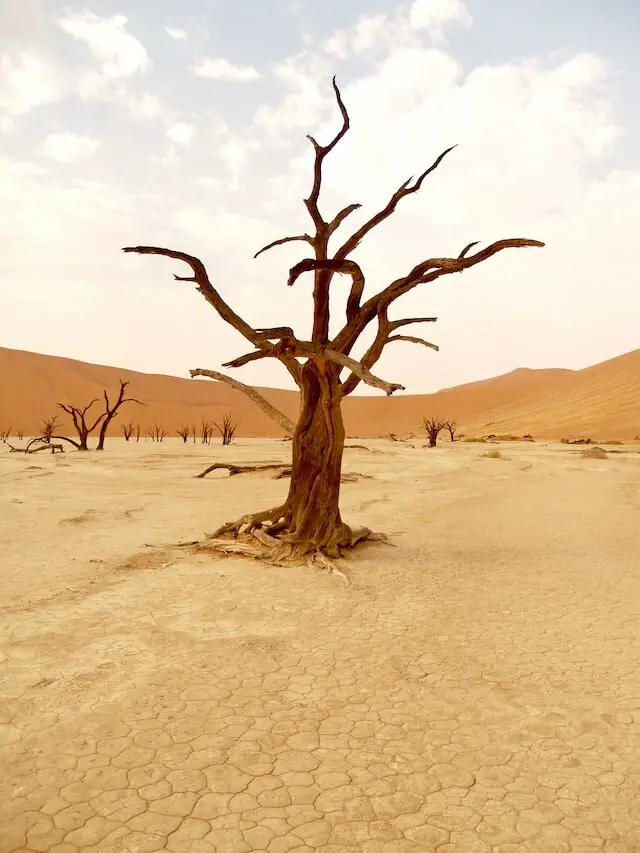
Climate change has the potential to displace increasing millions of people through extreme weather-related events such as:
- Droughts,
- Hurricanes,
- Wildfires, and
- Floods.
In 2020 alone, weather-related disasters displaced 30 million people.
Droughts affect crop production and access to clean drinking water. Rising sea levels have already caused the migration of residents from 8 Pacific islands and continue to affect many countries especially in southeast Asia.
Climate change is expected to have the greatest impact on developing countries within:
- Sub-Sahara,
- Africa,
- South Asia, and
- Latin America.
This will lead to the migration of people from affected regions to other areas of the world.
Changes in Migration Policy – Effects on Migration
Changes in migration policies can have important effects on migration patterns. Depending on the specific changes, migration policies can either facilitate or hinder the movement of people across borders.
A few ways in which changes in migration policies affect migration include:
Increased restrictions
- Restrictive migration policies, such as stricter visa requirements or higher barriers to entry, can deter people from migrating to that country.
Ease of entry
- If a country makes it easier for people to migrate, such as by introducing new visa categories or simplifying the application process, it may attract more migrants.
Residency and citizenship
- If a country introduces policies that make it easier for migrants to gain permanent residency or citizenship, it may become a more attractive destination for migrants.
Illegal migration
- Changes in migration policies can make it more difficult for people who migrate illegally, leading to an increase in undocumented migration.
Overall, migration policies play a crucial role in shaping migration patterns. Changes to these policies can have a long-lasting impact on who migrates, where they migrate, and how they migrate.
As we’ve seen, human migration paths are even older than Homo sapiens and will continue to evolve and shift. Understanding and addressing the causes of migration can help us develop more effective policies to manage the impact of these changes on individuals and societies.
Final Thoughts
The journey along human migration paths leaves with a profound sense of awe and admiration for the powerful impact of human movement on the world. From the earliest migrations of our ancestors to the complex and diverse journeys of modern times, the story of human migration is an epic saga of adventure, struggle, and triumph. Yet, as we celebrate the courage and resilience of migrants throughout history, we must also acknowledge the painful and often traumatic experiences that accompanied their journeys.
The displacement of indigenous populations, the horrors of the transatlantic slave trade, and the challenges facing today’s refugees, remind us that the journey of migration is never easy or straightforward. Looking forward, we must consider the impact of climate change and other global challenges on future migration patterns, as we strive to create a more equitable and sustainable future.
Despite the complexities, we can find hope and inspiration in the power of human migration to bring people together. Migration breaks down barriers and enriches our lives if we embrace diverse cultures and different perspectives. By exploring the most important human migration paths and routes, we can gain a deeper appreciation of a shared human experience.
The benefits of migration are profound, and if embraced will positively impact the world for generations to come.
FAQs
Q: What is human migration?
A: Human migration refers to the movement of people from one place to another, whether within a country or across international borders.
Q: What are some important prehistoric migration routes?
A: Some important prehistoric migration routes include the out of Africa theory, which suggests that early humans originated in Africa and gradually spread across the globe, and the use of land bridges and water crossings to reach new areas.
Q: What were some major colonial migration routes?
A: Major colonial migration routes include European colonisation and the Atlantic slave trade, as well as migration to the Americas, Australia, and New Zealand. These migrations had a significant impact on indigenous populations and migration patterns.
Q: What are some modern migration routes?
A: Modern migration routes include labour migration and refugee movements, as well as contemporary migration trends such as North-South migration and transnational migration.
Q: Why is it important to understand human migration patterns?
A: Understanding human migration patterns is important because it provides insight into the movement of people throughout history. So are the cultural and economic exchange, and the challenges and opportunities that migration poses in the present and future. By understanding these patterns, we can work towards creating more equitable and sustainable societies that benefit everyone.

